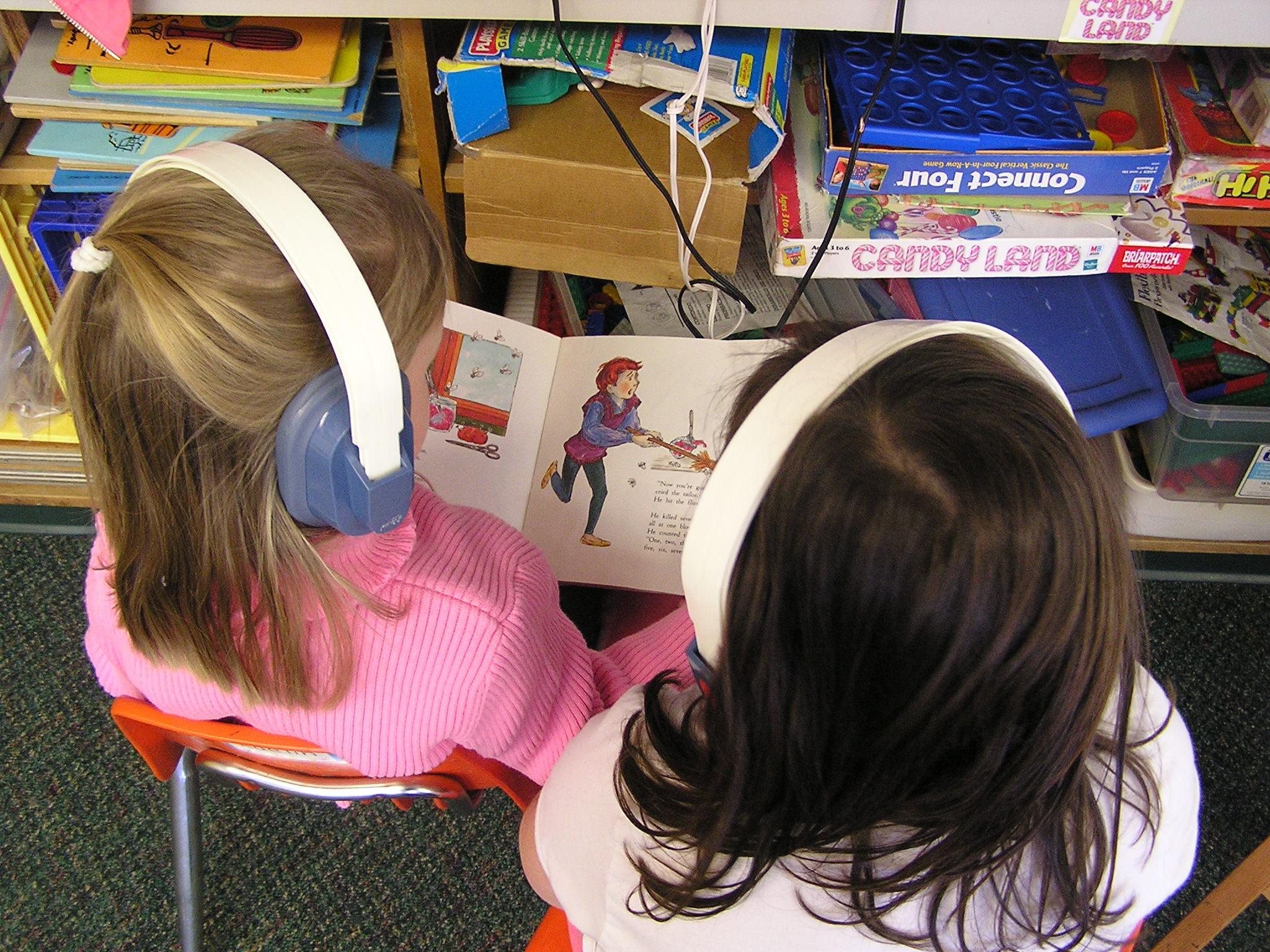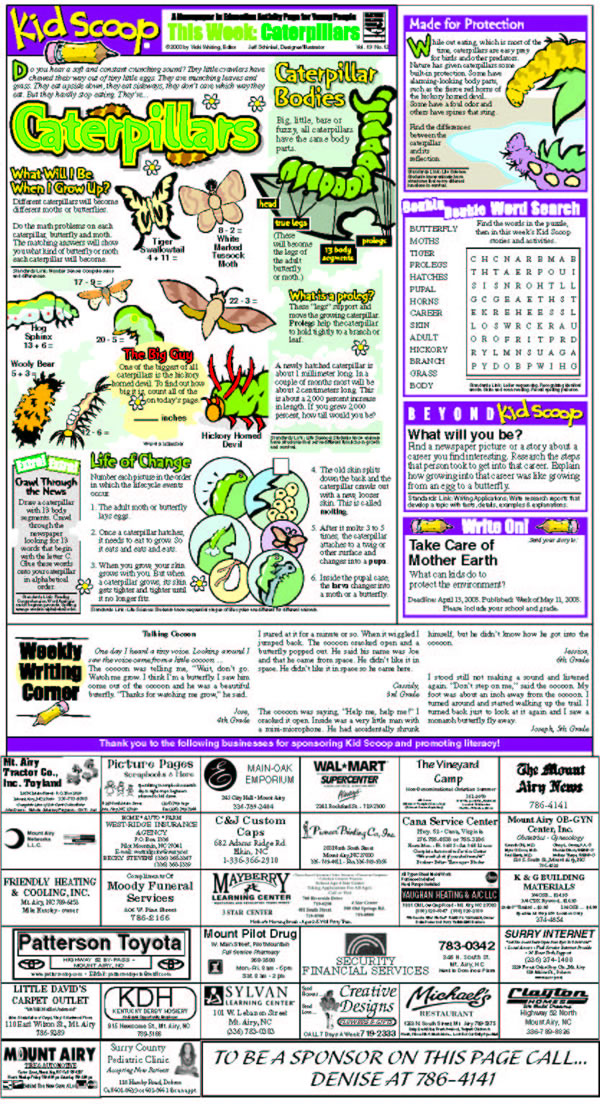Source: http://notesonanapkin.files.wordpress.com/2008/09/reading-corner.jpg
A literacy centre consists of activities that allow the children to read and write. A lot of classrooms have reading centres and writing centres that are situated away from each other. Because reading and writing go hand-in-hand, I like to keep both centres very close to each other and call it the literacy centre.
Here are a FEW things that can be put into the literacy centre. Please check out my post about the block centre to find some activity ideas in the comment section. SIGRID was very nice to share some of her ideas.
First and foremost, you need a reading nook. Children need to be comfortable when they are reading. It needs to be an area in the classroom where the least amount of sound is traveled to (Usually corners of the classroom are perfect for this). If possible, have cushions and pillows; my classroom also had teddy bears which the younger children loved reading with and to.
Source: sling-book-shelf.jpg
The best part about the literacy centre is that it ties with any topic/theme you want children to explore. Therefore, there needs to be a wide variety of reading materials, not just books. Literacy in other words is communication; how we communicate with others (whether it be through written, oral or sign language). Here is my list of materials that can be added to or changed any time during the year.
Books! Add all sorts of books. Fiction, non-fiction and information books, picture books, open-the-flap books, I Spy books, Pop-up books, sketch books, poem books, nursery rhyme books, board books, sensory books, comic books, class books that your class has created, and books with NO words! Make sure you are using books that are appropriate for the child(ren)'s age and development.
Source: http://spph.ubc.ca/sites/healthcare/uploads/blog/1325873818841.jpg
Books on Tape. This is a fantastic way for children to hear the words and expressions from a tape recorder/CD player as they follow along with the book. It, of course, promotes reading but also social skills when reading with a partner. Literacy skills involve knowing where the book begins and ends, which direction the words are written and when to flip the page. It enhances their hearing senses and their hand-eye coordination as they read and flip the pages.
Source: http://ed551brandman.pbworks.com/f/1268027272/books%20on%20tape.jpg
Magazines
Source: http://www.asiaing.com/images/stories/2010/National.Geographic.Kids.Magazine.Subscription.jpg
Newspapers. These are great for allowing children to see letters, numbers, pictures, comics, logic puzzles, etc. A great way for children to know their letters and words is to give them highlighters. Ask them to only find the letter 'Aa' for the day. Make sure you find appropriate articles for them. We cannot underestimate the learning abilities of children; they pick on everything, good and bad.
Source: http://www.kwnews.com/images/kidscoop.jpg
Comics
Source: http://addanaccity.com/wordpress/wp-content/uploads/2011/11/AC-Comics-For-Kids-cover-300x287.jpg
Maps
Source: http://news.stanford.edu/news/2012/march/images/maps_news.jpg
Blueprints are GREAT for mapping as well. Children have so much fun with this if put into the literacy centre, specially if you are doing a unit on construction, mapping or structures.
Source: http://www.houseofmaupassant.com/sites/www.houseofmaupassant.com/local/cache-vignettes/L500xH393/plan_rdc-2-6493e.png
Brochures/Pamphlets
Source: http://factms.com/wp-content/uploads/2011/07/brochures_pamphlets_01.jpg
Other reading materials that can be put all around the centre are posters, pictures, manuals/directions on how to do/build something. Signs and advertisements are also a hit in the classrooms.
Here are some materials that can be made into activities for children to increase their literacy skills/learning.
Board Games such as Scrabble, Monopoly, Bingo, etc. promote a lot of literacy, hand-eye coordination, fine motor skills, focus, and critical thinking.
Source: http://blog.picnicfun.com/articles/wp-content/uploads/2011/11/board_games1.jpg
Magnetic letters/numbers (plastic, foam, wood)
Source: http://ecx.images-amazon.com/images/I/51Ef95yvbWL._SL500_AA300_.jpg
Paper. All sorts of paper. Blank, coloured, construction, manila, newspaper, bristol board, cue cards, tissue paper, sand paper, paper towels, paper plates, envelopes, paper bags, line paper, scrapbook paper, wrapping paper, wax paper, coffee filters, etc. The list is endless! Using different materials makes learning FUN and EXCITING! Children get bored using line and blank paper all the time. To make it more fun, pick one day in a month and tell the students "today we are going to write upside down". Watch their expressions as confusion and exciting is jumbled up together into fun!
Source: http://www.museumwales.ac.uk/media/9137/thumb_400/sian-001.jpg
Writing material. Another endless list: their own FINGERS, pens, pencils, markers, pencil crayons, crayons, paint brushes, high lighters, chalk, pastels, etc. Make sure you are meeting children's developmental requirement for these materials. Look for non-toxic markers for safety and large-size writing materials for firmer grip. Their fine motor skills need to be strong in order for them to have a strong grasp.
Source: http://img.ehowcdn.com/article-new/ehow/images/a07/tb/gc/different-kinds-erasers-800x800.jpg
Stencils and Stampers. Large sizes and knobs makes for a easier grip.
Source: http://di1-1.shoppingshadow.com/images/pi/25/9b/ea/41508660-260x260-0-0_Century+Novelty+Alphabet+Stencil+Ruler.jpg
Source: http://s7.orientaltrading.com/is/image/OrientalTrading/56_2302?$FULL_SIZE$
Computer/Printer. Many people have different views on using computers in the preschool environment. I personally believe these should be used as an AID for children with special or extra needs to build their fine muscles. Other than that, children should be engaged in activities that does not requires a computer. As soon as they hit kindergarten and above, they will be required to use computers for many things. *Please remember every child SHOULD be monitored when they are using the computer*
Source: http://www.cs.sfu.ca/CourseCentral/166/tjd/_images/desktop-computer.jpg
Typewriters. These have to be one of the coolest things in the classroom. Children can get inspired to learn about history and the evolution of technology. I would rather have the children spend time on typewriter than a computer! Lots of focus, hand-eye coordination and development of small muscles.
Source: http://marcromanoff.files.wordpress.com/2012/02/typewriter.jpg
Dry/erase boards, felt boards, cork boards all promote good story telling. A variety of these in the classroom promote lots of literacy skills.
Writing books, sketch books and journals are great for "traditional" writing and drawing. Again a variety of everything encourages the most learning.
Art materials: Play dough, sand, salt, shaving cream and paint can all be used with children's fingers to trace out letters and numbers. It is a ton of fun. Keep scissors, erasers, glue and tape as well at a table where children will be doing their writing. These further develop fine motor muscles.
Chalk boards, Clipboards and Doodle Pads: Again, these are great for children to get into the habit of literacy. The more opportunities they get, the more chance of learning earlier and obtaining strong skills.
Well, there you have it. My post on literacy centres. It is not detailed as it only provides basics. I will be posting activities here and there about each centre as well. Be on the lookout!


















Thanks for all the information on literacy centers. A lot of teachers at my school would be thrilled to read this post. I think we get so busy as teachers with the hustle and bustle of day-to-day teaching that we forget the semantics of centers and then, with time, the whole purpose of literacy centers are lost. This is a great post - and I love the classroom with the tree on the wall. And I so agree that a typewriter is better than a computer for the classroom. I am going to have to look for one online for my classroom next year.
ReplyDeleteLove the blueprint center. Fantastic!
ReplyDeleteI would like to know how others differentiate these centers for different learners. I find it easiest to with open ended type activities, but that sounds like a cop-out for administrators who want to hear concrete differences.Here's what I do:
ReplyDeleteFor example, if the center is journal writing, they can work at their level and when they get it checked, you check it based on where they are, either working on punctuation and finger spaces or just beginning sounds, whatever they need.
Another easy example is with responding to listening center books - response can be in picture form, labels, or sentences depending on their level.
Having versatile manipulatives is also helpful, one student can use letter cards/tiles to be working on letter names and sounds and another can use them to build sight words or nonsense words to sound out.
If you have mixed ability groups, then use those higher kids to help be a tutor and teaching the lower ones - it can be a partner activity where they each are the "teacher" but each time the higher student is either going to answer their coach correctly, or coach their student to the right answer.
If groups are same ability - then you can cater small group games based on ability - example it's the phonics center, but the worksheets are different or lower groups receive more help.
The computer center is always a hot commodity in the classroom. How do you regulate time at centers, when one group finishes in 5 minutes and the other center takes 30? Also how do you deal with the fact that everyone wants the computer center?
ReplyDeleteThat`s a good question. I always have trouble regulating interest if one center is more appealing that the others.
DeleteAntalya
ReplyDeleteKonya
Adana
Ankara
Van
MQNA
https://titandijital.com.tr/
ReplyDeletesakarya parça eşya taşıma
aksaray parça eşya taşıma
urfa parça eşya taşıma
kocaeli parça eşya taşıma
MRPNM
ankara parça eşya taşıma
ReplyDeletetakipçi satın al
antalya rent a car
antalya rent a car
ankara parça eşya taşıma
OCNU7
adana evden eve nakliyat
ReplyDeleteafyon evden eve nakliyat
istanbul evden eve nakliyat
burdur evden eve nakliyat
gümüşhane evden eve nakliyat
ZK37
CB817
ReplyDeleteRize Lojistik
Sakarya Evden Eve Nakliyat
Sinop Evden Eve Nakliyat
Aydın Evden Eve Nakliyat
Çorum Evden Eve Nakliyat
04431
ReplyDeleteParibu Borsası Güvenilir mi
Baby Doge Coin Hangi Borsada
Görüntülü Sohbet
Twitter Takipçi Hilesi
Soundcloud Reposts Satın Al
Youtube Abone Hilesi
Likee App Takipçi Hilesi
Twitter Retweet Satın Al
Tiktok İzlenme Hilesi
5136A9ACCD
ReplyDeletegerçek takipçi
18FA9F21F4
ReplyDeletegerçek organik takipçi
begeni satin al
güvenilir takipçi
kaliteli takipçi
gerçek takipçi
0857E0B40A
ReplyDeleteonline mmorpg oyunlar
sms onay
türk telekom mobil bozum
instagram takipci satın alma
-